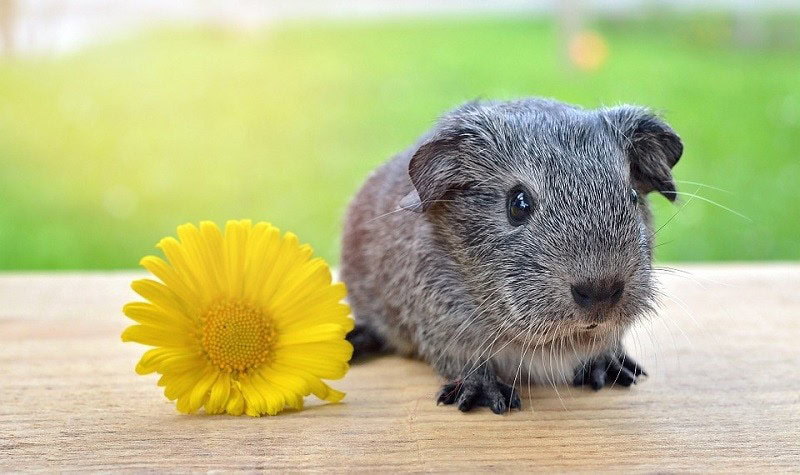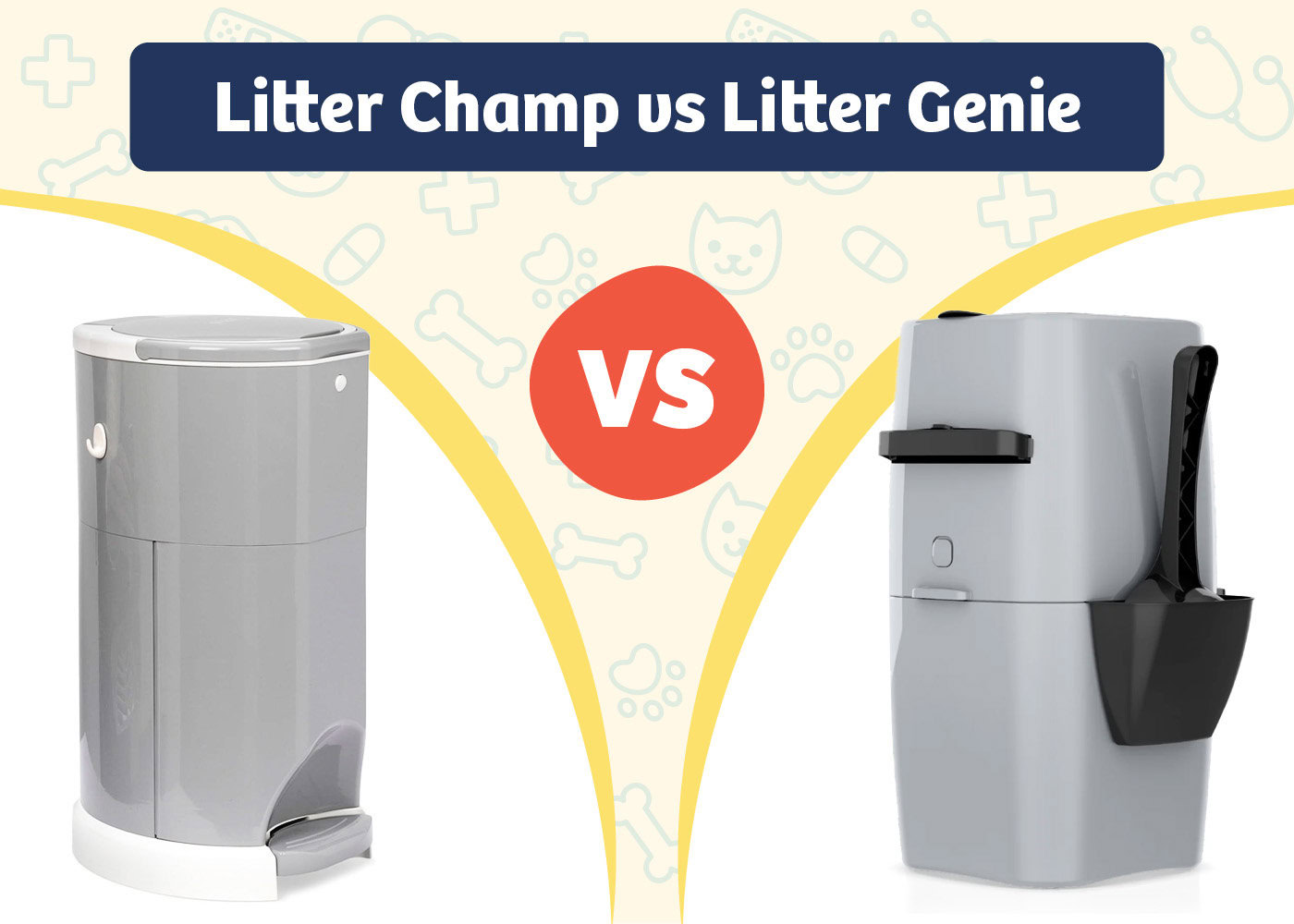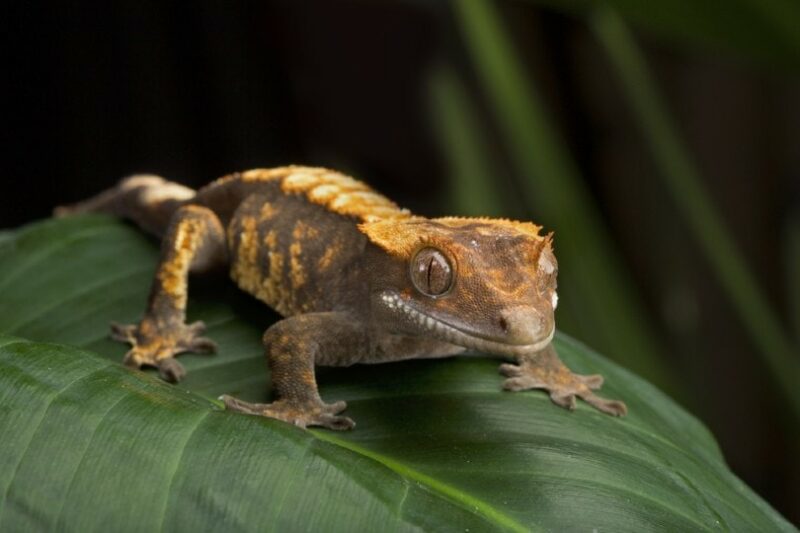Click to Skip Ahead
Guinea pigs make great pets and are available in several stunning colors. There are so many fascinating patterns and wacky hairdos. But if you’re wondering about eye color, what are the possibilities? Well, there are a few, and the coat pattern and color have a lot to do with it.
If you’re planning on buying a guinea pig or researching your own, you might want to determine how the eye color develops. Can it change over time? In this article, we’ll discuss each color and how rare it is.

A Little About Guinea Pigs & Eye Color
Guinea pigs are fascinating pets. They have so many unique color variations, hairstyles, and personalities. Everyone who has loved a guinea pig knows all about their heart-melting doe eyes.
Did you know there are over six eye color possibilities for guinea pigs? They gain their eye color through combinations of their parents’ DNA.
Guinea pigs might be blessed with beautiful eyes but have poor eyesight. It’s a disadvantage, given that they are prey animals. But when kept as pets, it doesn’t matter much.
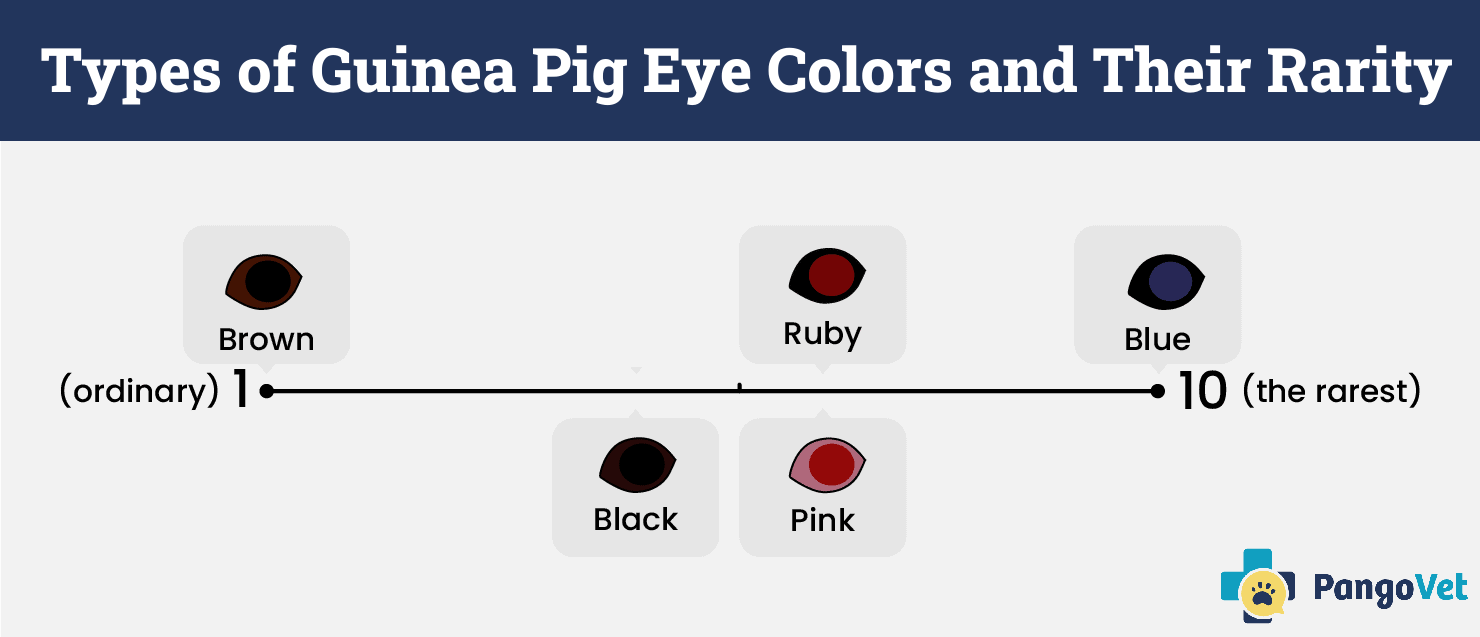
The 6 Types of Guinea Pig Eye Colors
There are six primary eye colors, cascading from dark to bright.
1. Black
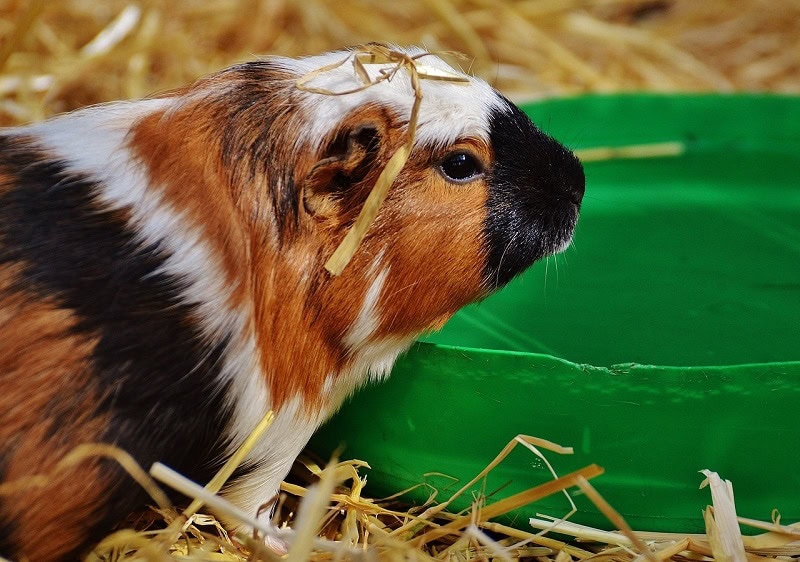
Black eyes can show up in virtually any coat color. It’s an incredibly dark brown pigment—or a lot of melanin.
2. Brown
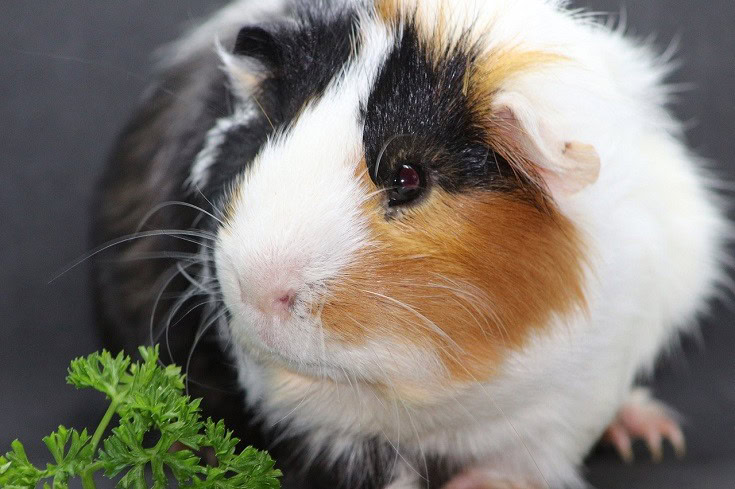
Brown is the most common eye color for guinea pigs. It can be very dark to somewhat honey-colored.
3. Dark Ruby
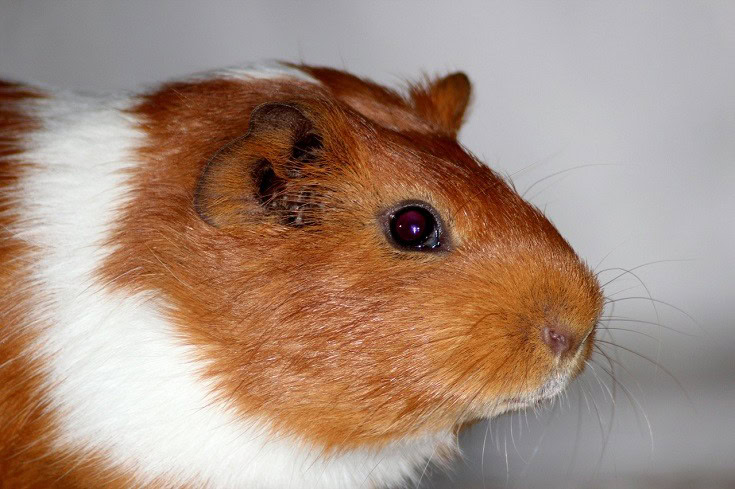
Dark ruby is a beautiful deep red color with a shiny glow. Roans and chocolate guinea pigs are more likely to have dark ruby eyes.
4. Ruby
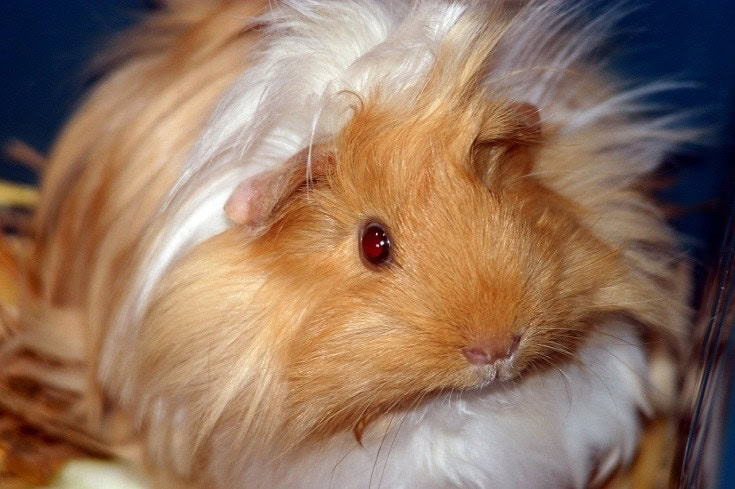
Ruby eyes are vibrant and beautiful. Light-colored guinea pigs, including albinos, are more likely to have ruby eyes.
5. Blue
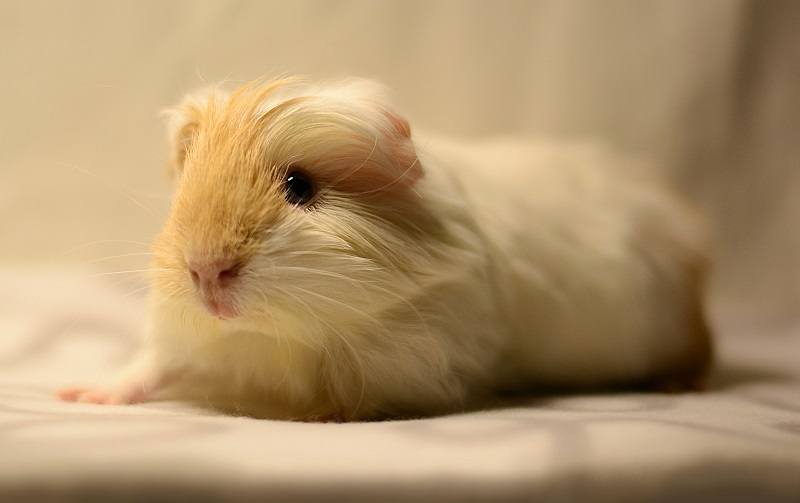
Blue is the rarest of all guinea pig colors. While it is incredibly dark with a grayish hue, like the ocean, it’s caused by a blue pigment.
6. Pink
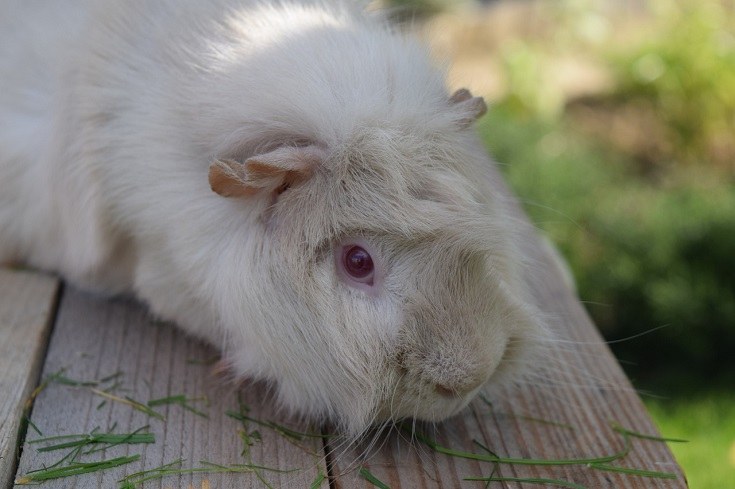
Pink eyes are one of the more noticeable colors. Beige and Argente guinea pigs are more likely to have pink eyes.
Do Guinea Pigs’ Eyes Change Color?
Guinea pig eyes don’t typically change color after they’re fully grown. However, during their early days, the color will form over time. Baby guinea pigs might have cloudy, mostly black eyes, but their irises develop into much lighter colors as they grow. Most eye colors are intense.
Eye Issues with Guinea Pigs
Your guinea pig’s eyes should be clean, luminescent, and clear. There shouldn’t be any buildup or discharge in the corners. Like possible health issues in any part of the body, guinea pigs sometimes have trouble with their eyes. Eye changes can signal other health conditions, too.
- Hay Poke—This is an injury caused by something sharp dragging or scratching the eye’s surface.
- Cataracts—This condition causes clouding and eventual blindness.
- Cherry Eye—When an eye gland prolapses, it creates a condition called cherry eye.
- Eye Infections—Bacteria and fungal spores can cause eye infections where the eye may appear watery or crusty.
- Respiratory Disease—Accompanied by wheezing and malaise, eyes may be watery with upper respiratory infections.
If you notice any signs associated with other illnesses, contact your vet. Guinea pigs don’t typically show signs of disease until the condition has progressed.
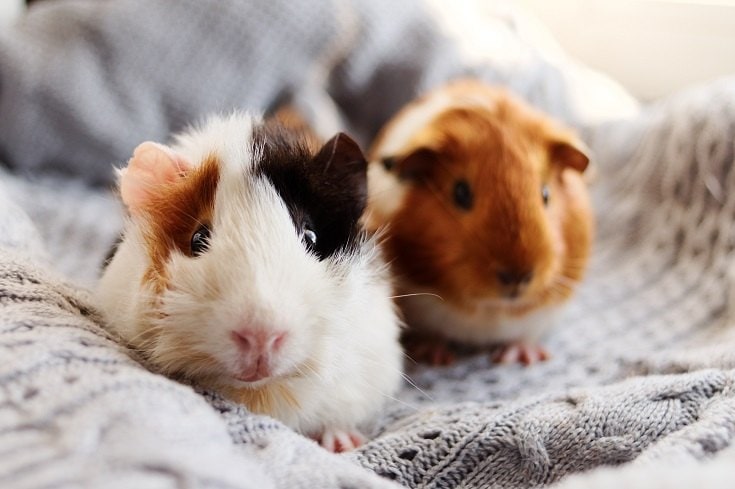
Normal Guinea Pig Eyes
All guinea pig eyes should be clean, clear, and debris-free. If you notice any drastic change in your guinea pig’s eyes, you might want to see a veterinarian. Sudden changes like this can point to a health concern that requires examination from a professional.
If you have any issues or concerns with a guinea pig’s eyes, don’t hesitate to contact your vet.
Final Thoughts
Now you’re familiar with all the adorable iris colors of the guinea pig. Even though they can’t see well, guinea pigs make up for it with their other senses. If you notice any sudden changes or irritation around your guinea pig’s eyes, check with your vet to resolve the underlying issue.
Featured Image Credit: furbymama, Pixabay
